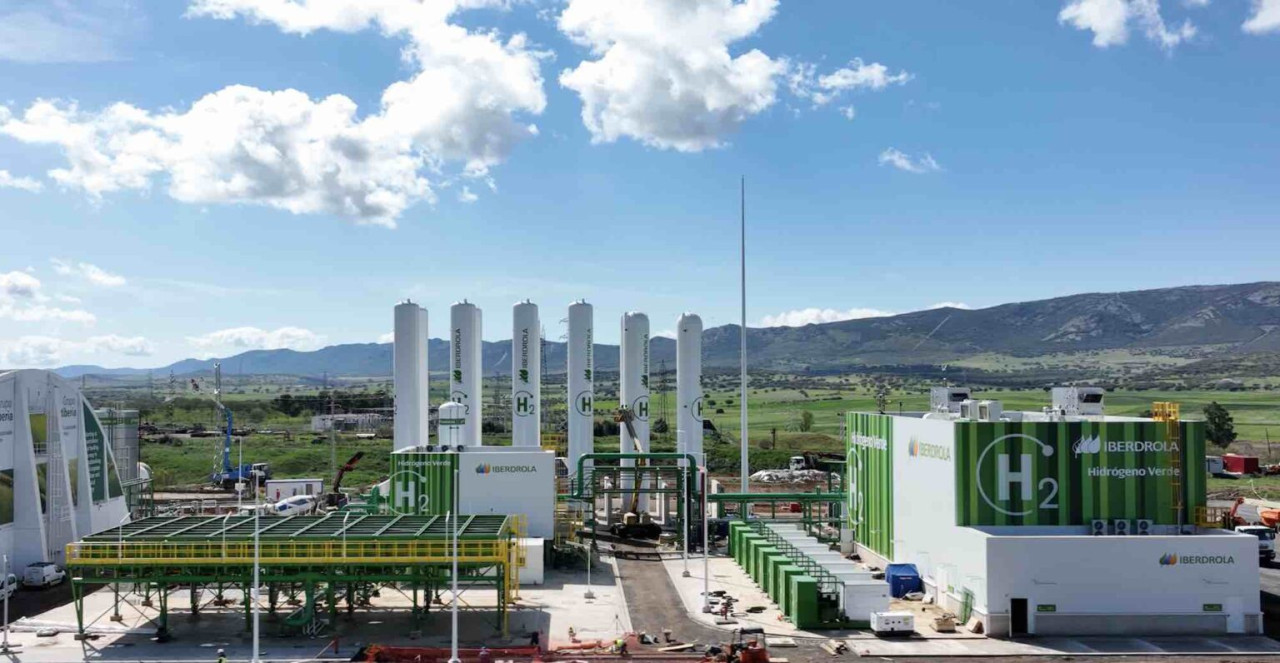
Gemma Saravia
H2Med Project Could Turn Spain Into a Hydrogen Entry Hub in Southern Europe
Most Read Stories Today
-
Water Scarcity and Artificial Rainfall: The Positive and The Negative Effects of Cloud Seeding, including Health Hazards and Climate Implications.
-
Renewable Energy in Rural Areas: Challenges, Opportunities, and Successful Rural Projects
-
Pakistan's Agriculture at Risk Due to Climate Variability
-
South Africa's Recent Floods: Is Climate Change to Blame?
-
South Korea's floods: root causes and prevention strategies.
-
South Africa: Cape Town, A City Under Fire
-
The Human Cost of Climate Disasters
-
Our Oceans, Our Future: The South African Dilemma of Overfishing
-
Degenerative Impact of Hydrocarbons On The Environment.
-
Sustainable Urban Planning - Copenhagen and the Path to Climate Resilience
In the town of Anglesola (Lleida), the company Indox Energy Sistems, which last year won the Gasnam Award for Entrepreneurship and Innovation at the Green Gas Mobility Summit congress, has huge tanks for storing gases: liquefied natural gas and, for some time now, also green hydrogen.
Hydrogen is a sector in which this company wants to position itself as a reference, taking advantage of its experience. Albert Milé, General Manager of Indox, explains that it is since 2 years ago that there is a demand, and he assures that this will be exponential.
in the next 3 years, it will multiply by a hundred times. And not only do they provide this service, but also have turnkey hydrogen production facilities such as the one they have at the Fonolleres plant (at Granyanella (Segarra, province of Lleida), with which they have managed to generate enough hydrogen with the solar panels on the roof to power huge painting tunnels. This project is the first industrial plant in Catalonia that produces green hydrogen and reuses it in its own processes.
Indox is the first SME that generates green hydrogen and reuses it for its own thermal manufacturing processes, specifically for the paint booth and heating processes. “It's like when 15 years ago people were talking about installing solar panels on industrial roofs and it seemed far away, but now they will install self-consumption hydrogen solutions," explains Albert Mitjà, hydrogen business unit manager at Indox.
The hydrogen will be produced and consumed locally but is also expected to travel. The scenario that is drawn with the new H2Med is that Spain and Portugal will produce enough to carry in northern Europe, through the connection with Marseille. But Europe estimates that at least half of the hydrogen to be consumed in 2030 will be imported, and some of it could come from North Africa.
Possible route of H2Med, Joan Ramon Morante, Director of IREC (Energy Research Institute of Catalonia), assures that all European countries are already moving to obtain agreements for the installation of renewables and hydrogen supply, given the visits of French, Italian and German Prime Ministers to Morocco, Tunisia or Algeria (this past August, Macron visited Algeria and Annalena Baerbock, German foreign minister visited Rabat).
There are still many questions, however, about this infrastructure. For example, in order to meet the European targets, Spain would have to double its installed renewable capacity by 2030. Unfortunately, this is not an easy target to achieve.
According to Diego Rodriguez, a Researcher at Fedea, there will not be enough supply to satisfy this infrastructure capacity; nor will there be enough demand, nor will the technical deployment require longer lead times. If H2Med finally goes ahead, Spain would earn a place on the new energy map that Europe is drawing for the coming decades.
For the time being, this new state-of-the-art technology from Indox allows Catalonia to position itself as a producer of green energy and positions it in the race for energy transition on a European and global scale.

Terms & Conditions
Subscribe
Report
My comments